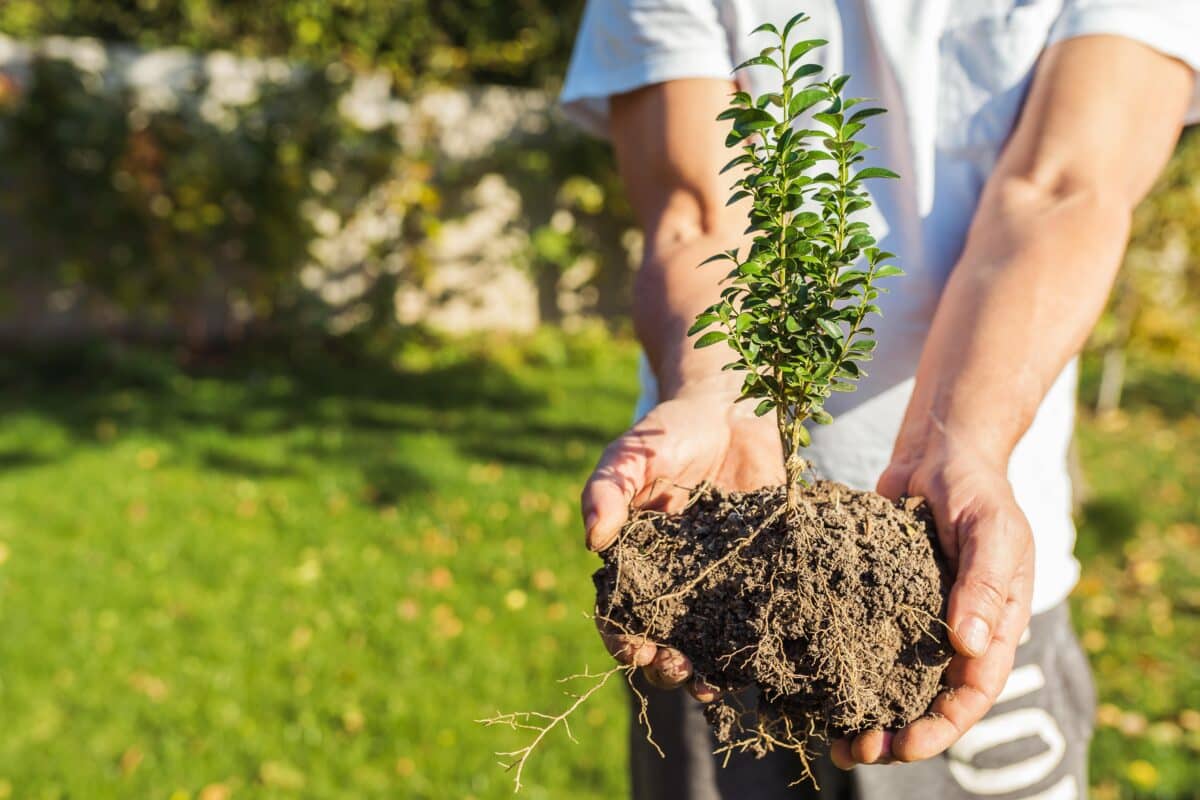

Planting trees is more than just digging a hole and placing a sapling in the ground—it’s a process that requires careful planning and proper techniques to ensure long-term health and stability.
Whether you’re enhancing your landscape or contributing to the environment, proper tree planting and plant health care are essential for strong root development, disease resistance, and longevity.
At Jarvis Tree Experts, we understand the importance of how to preserve plants and ensure their optimal growth. Here are the best practices for planting trees to help them thrive for years to come.
Selecting the right tree species for your climate, soil type, and available space is critical. Consider:
Soil conditions – Some trees thrive in sandy soil, while others need rich, loamy soil.
Sunlight exposure – Choose a tree that matches the amount of sunlight available in your yard.
Growth potential – Ensure the tree has enough space to grow without interfering with power lines or structures.
A tree expert can help assess your landscape and recommend the best species for your area.
Healthy soil is the foundation of a strong tree. Before planting, test the soil’s pH levels and nutrient content to determine if amendments are needed. Well-drained soil with proper aeration ensures root growth and prevents waterlogging, which can lead to root rot.
One of the most common mistakes in planting trees is digging a hole that’s too deep or too narrow. Follow these guidelines:
Depth – The hole should be no deeper than the root ball to prevent sinking.
Width – Dig a hole two to three times the width of the root ball to allow roots to spread easily.
Position the tree so that the root flare (where the trunk meets the roots) sits just above the soil level.
When filling in the hole, use the original soil instead of highly amended soil. This encourages roots to grow outward and establish themselves in the native environment.
After planting, apply a 2-3 inch layer of mulch around the base of the tree to:
However, avoid piling mulch against the trunk, as this can lead to rot and pest infestations.
Newly planted trees need consistent watering, but overwatering can be just as harmful as underwatering. Follow these watering tips:
Water deeply once or twice a week rather than lightly every day.
Use a slow-drip irrigation system or soaker hose to encourage deep root growth.
Reduce watering frequency as the tree matures, allowing roots to establish naturally.
Once your tree is planted, regular plant health care practices ensure its long-term success. This includes:
If you’re unsure how to properly care for your trees, professional tree care services can help preserve plant health and ensure long-term vitality.
At Jarvis Tree Experts, we specialize in plant health care, proper tree planting, and long-term maintenance. Whether you’re adding new trees to your landscape or need guidance on how to preserve plants, our team is here to help.
Contact us today for expert tree planting services and ensure your trees grow strong and healthy!